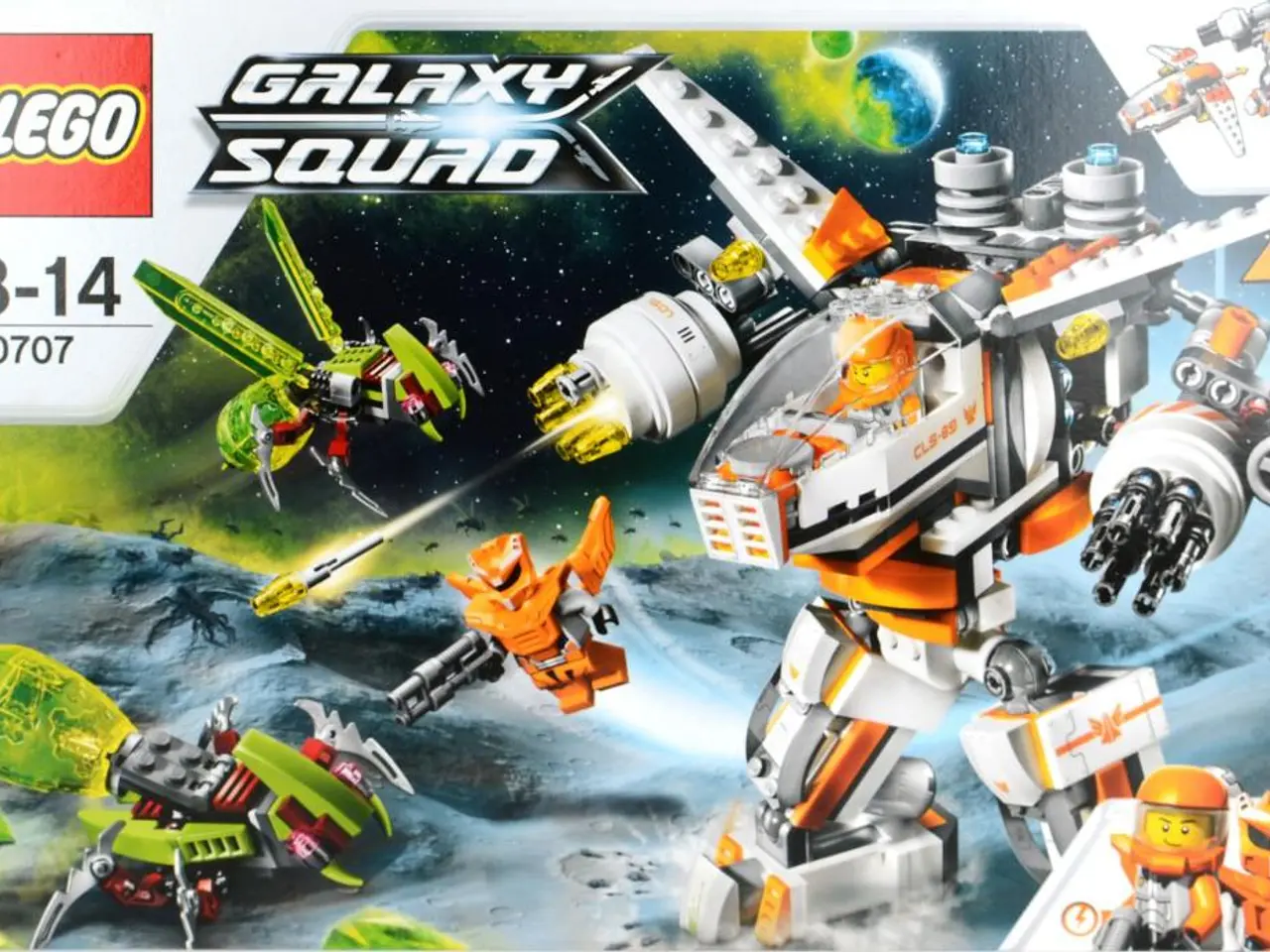Lunar Orbit Assembly - Meaning & Thorough Description - Terminology for Spacecraft and Propulsion
Lunar Orbit Rendezvous (LOR) is a spaceflight technique that has played a significant role in human exploration of the moon and is now being considered for future missions to the moon and Mars. This method was first proposed by John Houbolt, an engineer at NASA, in the early 1960s and was successfully used in the Apollo program, most notably in the Apollo 11 mission.
In a typical LOR mission, the spacecraft consists of two main components: the lunar module (LM) and the command module (CM). The LM is designed to land on the moon's surface, while the CM remains in lunar orbit. After completing its mission on the lunar surface, the LM launches from the moon and returns to lunar orbit, where it docks with the CM. The astronauts transfer from the LM to the CM, and the LM is jettisoned before the spacecraft begins its journey back to Earth.
One of the main advantages of using LOR is that it allows for a smaller and lighter spacecraft to be launched from Earth. This is because only the CM needs to carry enough fuel to reach lunar orbit, while the LM can be designed to be more compact and lightweight, as it only needs propulsion to leave the lunar surface and return to lunar orbit.
However, the challenge of coordinating the rendezvous and docking of the LM and CM in lunar orbit is a significant challenge in implementing LOR. Precise calculations and timing are required to ensure safe docking and astronaut transfer between the LM and CM. Redundant systems and backup plans are crucial to ensure the safety of astronauts in LOR missions.
NASA's Artemis program plans to use LOR as part of its mission architecture to return astronauts to the moon by 2024. The program also includes the development of the Lunar Gateway, an orbiting lunar platform serving as a staging point for lunar surface missions. LOR is also being studied as a potential technique for future manned missions to Mars.
Advances in technology and engineering have made it possible to design more efficient and reliable spacecraft for LOR missions. The development of new propulsion systems, such as electric propulsion and nuclear thermal propulsion, could further enhance the capabilities of LOR missions.
Despite the challenges, LOR remains a valuable technique for manned space missions, offering greater flexibility in mission planning and the ability to explore different regions of the moon and conduct scientific experiments on the lunar surface. As we continue to push the boundaries of space exploration, Lunar Orbit Rendezvous will undoubtedly play a crucial role in our journey.
Read also:
- Peptide YY (PYY): Exploring its Role in Appetite Suppression, Intestinal Health, and Cognitive Links
- Toddler Health: Rotavirus Signs, Origins, and Potential Complications
- Digestive issues and heart discomfort: Root causes and associated health conditions
- House Infernos: Deadly Hazards Surpassing the Flames








